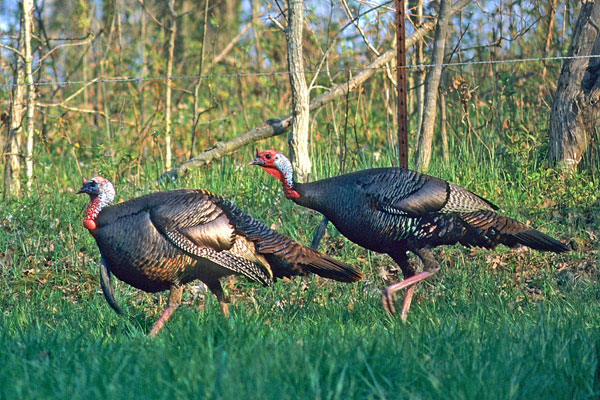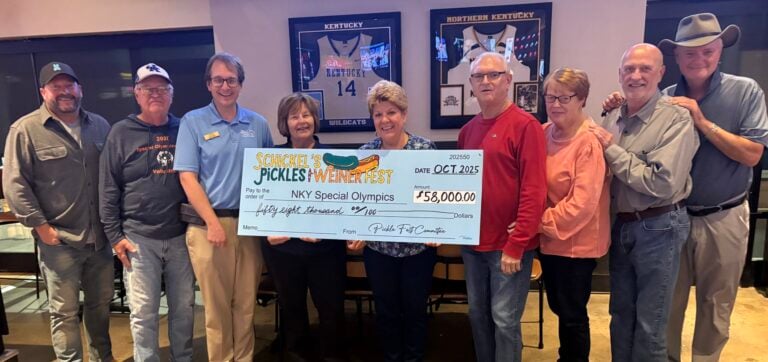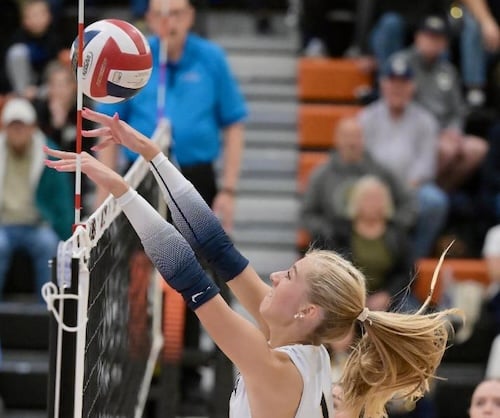They are educated, wary and sport the bling that hunters covet — thick, paint brush beards and curved, limb hanger spurs.
Older, adult gobblers rule the roost and ascend to that position in the flock by surviving two, maybe three spring hunting seasons. They’re not the eager 2-year gobblers that come to calling as if they were on a string.
Older gobblers often hesitate, and take their time to investigate calling. They have an infuriating habit of hanging up out of gun range, may move off in the opposite direction as soon as the calling starts, or the most insulting of all behaviors – they simply shut up and seem to disappear into thin air.
They are likely to have had several run-ins with hunters before. They may have been in a group of birds that were called to a hunter’s gun. They may have investigated “hen” calls and been spooked by a hunter. Or they may have even been shot at before. Whatever the reason, older gobblers are very wary.
They are usually with hens, and that further complicates the hunt. Where the hen goes, the gobbler is not far behind. Hunters refer to this behavior as being “henned up.”
If you are able to find an older bird by himself, and you get him fired up, it may be just a matter of time before the hens show up and take him away. When a mature tom on the ground starts gobbling it’s like a race against time. Can this gobbler be called into gun range before the game is over?

That’s why hunters need to reach into their bags of tricks for different strategies when pursuing older turkeys. Be prepared to move a lot, change calling positions and try to sound like several different turkeys. Bring some water and a snack because you’re going to spend a lot of time in the woods.
Here’s some tips and tactics:
– Be patient and observant. Older birds do the unexpected, as if they have a power of perception seemingly independent of the senses. They may do the opposite of what the hunter expects, or has observed during scouting. As the season progresses you may be able to discern a daily pattern that can ultimately put you in gun range of the dominant gobbler.
– Get close. It’s risky, especially before the leaves are out, but if you know where the gobbler flies up to roost in the evening, and where his hens are, you may be able to move in close. Under the cover of darkness the next morning, try to get between the gobbler and his hens. When he flies down of his roost, he won’t have to move far to be in gun range.
– Find a gobbler’s comfort zone. Investigating the calls of that “new” hen takes gobblers out of their comfort zone, the area where they feel safe and secure. Find out where your gobbler spends the most time. It may be up in the day, but sometimes you have to go to where you think the gobbler wants to be, and wait for him to show up.
Gobblers in what’s commonly called a “strut zone,” may walk back and forth on a ridgetop, or strut and spin in circles in the middle of a big, open field. They are holding their ground and slow to respond.
– Hunt with a buddy. Buddy hunting is a tried and true way of method of getting an older turkey into gun range. Position one hunter out in front of the caller, as far as 25 to 35 yards, depending on the terrain. Even if the gobbler hangs up, the hunter out front is likely to get a shot.
– Put out a hen decoy. Hen decoys can be useful too, when dealing with an older gobbler. When a gobbler comes to calling he’s expecting to see a hen. If he doesn’t, he’s likely to turn around and walk off. Another advantage of a decoy is you can get away with some movement. The gobbler is focused on the decoy and that gives you better chance of not being seen as he approaches.
– Call softly. When calling older gobblers, too much and too loud, is a recipe for failure. Try soft clucks and purrs, calls that reassure older birds. Friction calls are easy to master, sound realistic, and are the best choice for this type of subtle, quiet calling. Using multiple friction calls (for example, a slate call and a glass call that sound much different) may convince the gobbler that the source of calling is a small flock of hens.
– Don’t call too much after you have the gobbler’s attention. The gobbler’s first reaction is to strut, and hold his ground. In nature, hens go to the gobbler. Test his patience, make him come to you. If a hot gobbler (one that is gobbling continuously) suddenly shuts up, get your gun up and be ready to shoot. Older birds often come in silently, and fast, if they decide to commit.
– Change calling position. Be willing to change your calling position to gain the advantage of terrain. Try to set up at a higher elevation, or on the same contour, as a gobbling turkey. It’s much harder to call a turkey downhill, and a whole lot easier to avoid detection, when the hunter has an advantage in elevation.
Don’t try to call a gobbler through thick cover. Older gobblers, especially, avoid thickets and prefer open, mature woodlands. Anticipate the most likely approach a gobbler will take when coming to your calling, and set up accordingly.
Gobblers typically circle around thick brush. Hunts involving older gobblers often develop into a cat and mouse game, a test of will. The hunter is moving with the bird, and trying to coax the gobbler close enough for a shot. This is a strategy where stealth is at a premium, and favorable terrain is a must. One misstep, or any movement at the wrong time, and the game is over.
– Walk away. One trick that works on gobblers that seem uninterested, or hang up, is to aggressively yelp or cut on a call, as you walk away. This imitates a hen that is actively searching for company, and leaving the area. Often times this will trigger a gobble from even the most closed-mouth bird. This tactic is especially effective when buddy hunting. The shooter stays put as the caller walks away.
– Make other turkey sounds, act like a turkey. Scratch in the leaves, to imitate a feeding turkey, but only if your movement will be hidden from an approaching gobbler.
– Be still and stay ready. It’s hard to resist the temptation, but sometimes it’s best to not call at all, after you’ve got the gobbler’s attention. Don’t move. If you have to swing your gun barrel, do so only when the gobbler’s head is behind a tree trunk. Turkeys can pick up the slightest movement, and will spook.
Harvesting an older gobbler is quite an accomplishment. You’re matching wits with one of the nature’s wariest creatures, worthy of the utmost respect and admiration.
Art Lander Jr. is outdoors editor for KyForward. He is a native Kentuckian, a graduate of Western Kentucky University and a life-long hunter, angler, gardener and nature enthusiast. He has worked as a newspaper columnist, magazine journalist and author and is a former staff writer for Kentucky Afield Magazine, editor of the annual Kentucky Hunting & Trapping Guide and Kentucky Spring Hunting Guide, and co-writer of the Kentucky Afield Outdoors newspaper column.





















